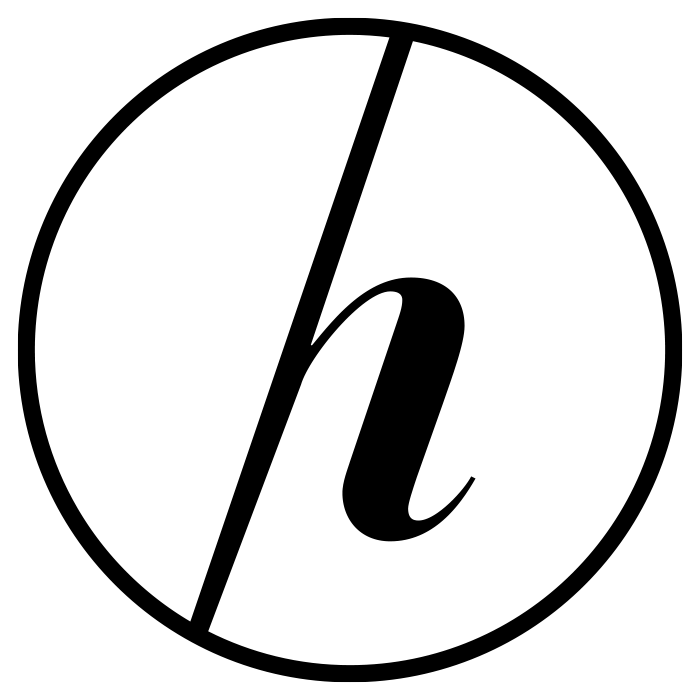The creative industry is in the midst of a technological revolution. Tools powered by artificial intelligence are redefining what’s possible in design, writing, music, and more. But with every leap forward, there’s a familiar resistance: professionals who feel that embracing these new “easy buttons” somehow diminishes the craft or even borders on cheating. As a marketing leader who’s watched waves of technological change transform entire professions, I believe it’s time we get real about pride, progress, and the business reality underlying our creative work.
Overcoming Pride: Embracing New Tech in Creative Fields
Let’s be honest—creative professionals are some of the most passionate people you’ll ever meet, and that passion is a double-edged sword. On one hand, it fuels innovation and relentless pursuit of excellence. On the other, it can morph into pride, making it hard to accept new tools that seem to “shortcut” hard-earned skills. The introduction of AI-driven design platforms, automated copywriting tools, and generative music software has triggered a knee-jerk reaction in some: “That’s not real creativity.” But here’s the truth—clinging to pride at the expense of progress is a luxury most businesses simply can’t afford.
Putting business needs first doesn’t mean abandoning your standards or selling out your craft. It means recognizing that your job as a creative is to solve problems, communicate effectively, and drive results. If a new technology helps you do that faster, smarter, or at a higher level, it’s not cheating—it’s adapting. The market doesn’t care how you arrived at the solution; it cares about the impact and the outcomes. Swallowing your pride and embracing change is a mark of maturity, not defeat.
It’s natural to feel threatened by tools that seem to devalue your expertise. But history shows us that the best creatives don’t fight progress—they leverage it. AI and automation are not here to replace creative professionals; they’re here to amplify what we do best. The real challenge is not whether we can keep up with the machines, but whether we can keep our egos in check long enough to see the bigger picture.
The Evolution of Tools: Yesterday’s Easy Button, Today’s Standard
Let’s rewind the tape. Imagine a graphic designer from the 1970s, sleeves rolled up, hunched over a light table, X-Acto knife in hand, painstakingly arranging type and images with wax and paste. Now picture that same designer scoffing at today’s creatives for using Photoshop, InDesign, or Canva—tools that automate, abstract, and accelerate every part of the process. It sounds absurd, right? Yet that’s exactly the attitude many professionals take toward AI and other emerging tech today.
The “honest way” of doing things is nothing more than the last generation’s “easy button.” Every creative tool, from the paintbrush to the printing press to the digital tablet, was once a shortcut, viewed with suspicion by purists. But as these tools become commonplace, the craft evolves and the bar for creativity rises. What matters isn’t the method—it’s the vision, the execution, and the results. If you’re still romanticizing the tools of yesterday, you’re missing the point of what it means to be a creative professional.
Abstractions are not a betrayal of skill; they’re a hallmark of progress. Every creative field is built on layers of abstraction that free us from repetitive, technical drudgery, allowing us to focus on higher-order thinking and artistry. If the tools are moving forward, so should we. The real creative challenge is not clinging to old methods, but mastering new ones to deliver more value, more efficiently, for clients and audiences alike.
Learning from History: Why Progress Shouldn’t Be Shamed
History is littered with examples of professionals railing against the very progress that would later define their fields. The outcry over digital photography, desktop publishing, and even the humble spell check now seems quaint in retrospect. Yet every time, the industry adapts, standards shift, and what once seemed like “cheating” becomes the baseline for entry. The lesson is clear: shaming progress is a losing game.
Shaming new tools doesn’t protect the craft—it stifles it. The next generation of talent will grow up with AI, automation, and powerful new abstractions as their starting point. They’ll push boundaries we can’t even imagine, not because they’re lazier or less skilled, but because they’re leveraging the full potential of the tools at their disposal. Our job as experienced pros is not to gatekeep, but to guide—to ensure that the values of creativity, originality, and ethical practice endure, no matter the medium.
If you find yourself tempted to sneer at the “easy way,” remember: every tool you now take for granted was once a shortcut someone else had to defend. Progress is not the enemy of craft; it’s the engine that propels it forward. The most successful creatives are those who adapt, evolve, and use every tool available to deliver value—without shame and without apology.
The landscape of creative work will always be shaped by new technologies, and each wave will bring its own version of pride, resistance, and ultimately, acceptance. As creative professionals, our duty is not to idolize the past, but to harness the present for the good of our clients, our businesses, and our own growth. Pride has its place, but it should never stand in the way of progress. The sooner we embrace the next “easy button,” the sooner we’ll redefine what’s possible—and keep our edge in an ever-evolving industry.





